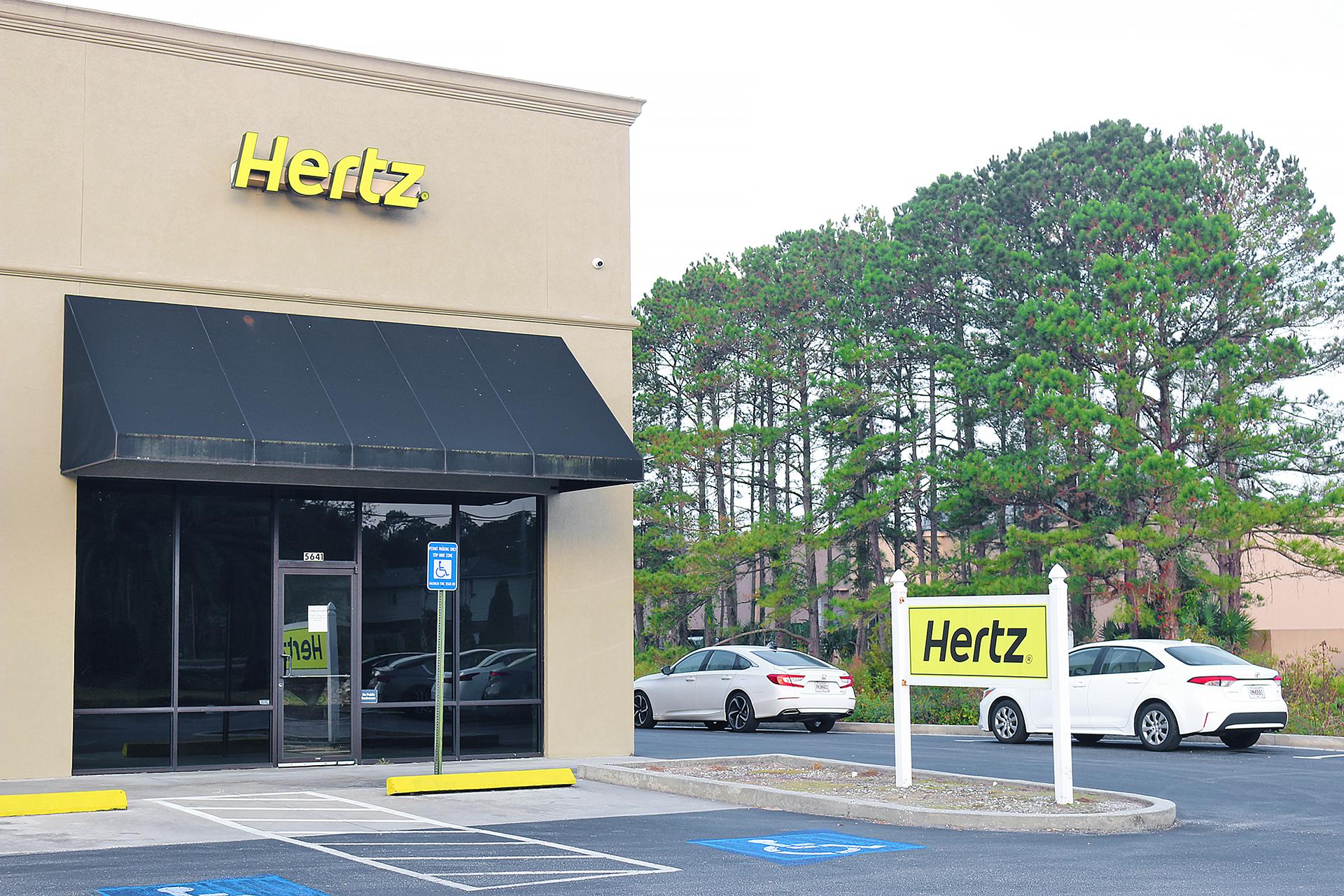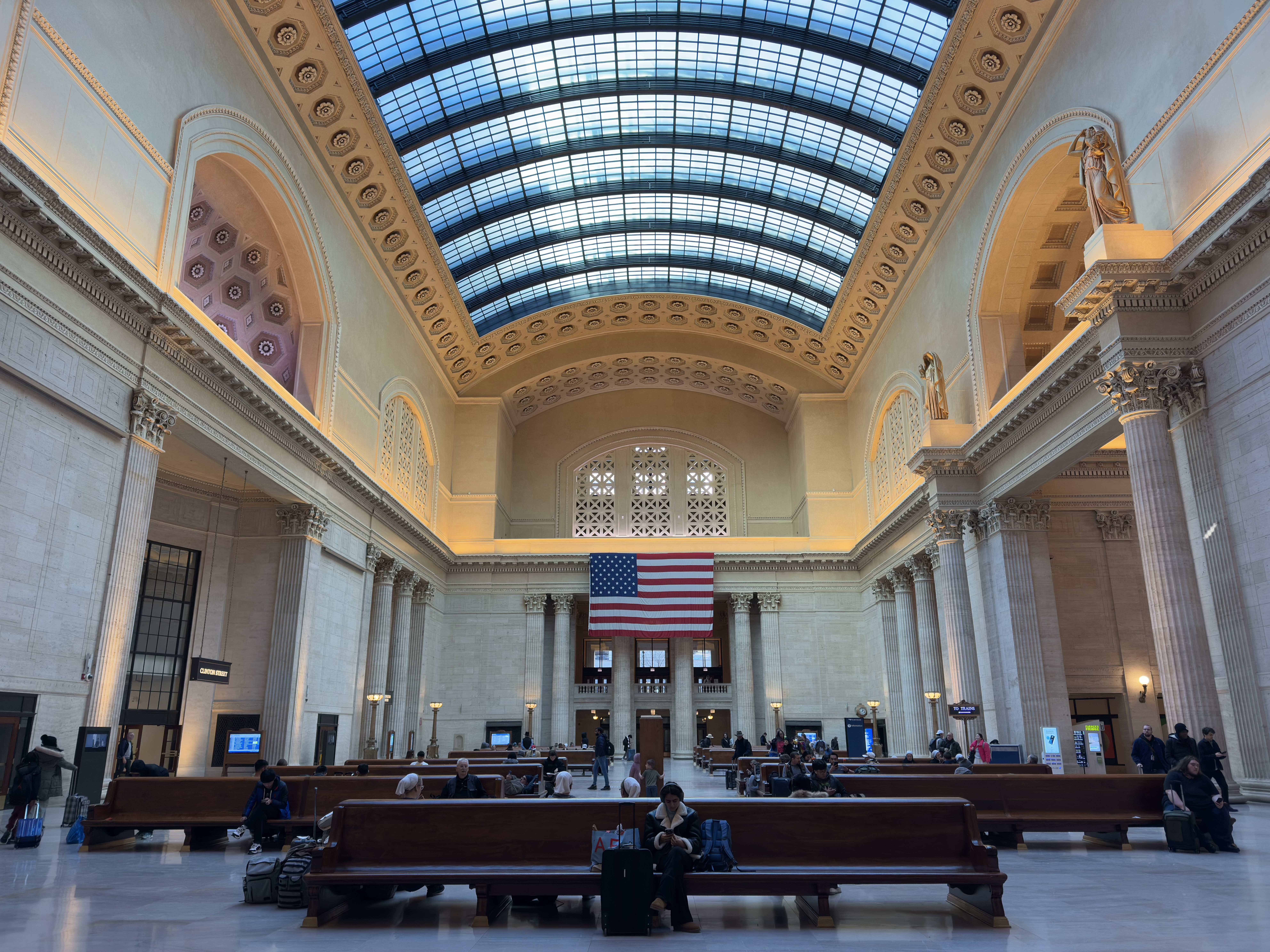How Trump’s tariffs are snarling supply chains
Despite signs of a thaw earlier this week, Washington and Beijing are locked in a standoff on tariffs, and global supply chains are feeling the pressure. Disruption from tariffs is occurring at multiple points in commercial supply lines — from factory floors in East Asia, through the shipping and transportation industry, at U.S. ports of...

Despite signs of a thaw earlier this week, Washington and Beijing are locked in a standoff on tariffs, and global supply chains are feeling the pressure.
Disruption from tariffs is occurring at multiple points in commercial supply lines — from factory floors in East Asia, through the shipping and transportation industry, at U.S. ports of entry, and by U.S. retailers who are warning of empty shelves.
A quick resolution with Beijing, while desirable for U.S. importers, could spell additional interference, as a sudden demand surge would likely bullwhip through the commercial pipeline.
Here’s a look at what global supply chains are going through as the U.S. and China dig their heels in.
On the Chinese factory floor
The tariffs are discombobulating Chinese production, with work drying up for some firms as others pick up the slack, supply chain experts told The Hill.
“The flow of goods is far less predictable,” Sébastien Breteau, CEO of quality control firm QIMA, which inspects factories in China, said. “Some suppliers have excess capacity, while others face bottlenecks driven by shifting demand.”
Breteau said that some of his clients are changing their business strategies.
“Several large Chinese multinationals we work with are actively repositioning. In some cases, they’re even deprioritizing the U.S. market in favor of more globally stable strategies. Tariff uncertainty and regulatory unpredictability are … shaping sourcing decisions at the highest levels,” he said.
The concerns from businesses are being echoed by the Chinese Communist Party. A readout of the Politburo’s Friday meeting translated by China expert Bill Bishop said that “the effects of external shocks are intensifying.”
“It is necessary to strengthen bottom-line thinking [and] fully prepare contingency plans,” the readout said.
Global shippers seek alternate routes
Shipping and logistics experts say they’re seeing supply chains changing in real time as a result of the tariffs.
“Ocean carriers — the people that operate the ships — have already started to reposition cargo ships,” Ryan Petersen, CEO of logistics platform company Flexport, said Wednesday. “Instead of serving China, they’re going down to Vietnam. They’re picking up new trade routes going from Southeast Asia to Europe or to the US.”
Cargo insurers have been raising their premiums in response to the tariffs, adding to the costs of global shipping.
“Cargo insurance premiums are at punishing and unsustainable levels,” David Osler wrote for Lloyd’s List in March. “Tariffs are expected to entail broadly commensurate increases in cargo insurance premiums.”
As premiums have been going up, container freight rates out of Shanghai have been going down for major world ports including Rotterdam, Los Angeles, Genoa and New York.
Rates to Los Angeles dropped 2 percent to $3,611 per 40-foot container, shipping indexer Drewry reported Thursday.
Port flows recall pandemic disruptions
Port operators are seeing increased cancellations from client shipping companies.
“What I’m seeing right now … is that we’ve got about 12 canceled or voided sailings for the month of May — that’s equivalent to all the voids last May at this time,” Los Angeles Port director Gene Seroka said earlier this month.
Drewry projected a 1-percent decline in world port throughput for the year, which would be only the third time in the company’s history that volumes turned negative compared to the previous year.
“The predicted drop of 1 percent will be roughly on a par with that witnessed in the pandemic year of 2020, when carriers cashed in with record profits,” analysts for Lloyd’s wrote Friday, calling attention to “the return of naked protectionism.”
To manage their inventories, companies are also making use of bonded warehouses, in which their imports can be stored without having to pay tariffs until they’re released to retailers or re-exported.
Bonded facilities are being used in the hopes that Washington and Beijing strike a deal to bring down the 145-percent U.S. tariff on Chinese imports, logistics experts say.
“People are starting to scramble to move goods into bonded warehouses,” Flexport’s Petersen said. “People are feeling paralysis right now — if you know the duties are going to come down, the right move is to wait and hold off on shipping new cargo.”
Retailers put pressure on Trump
At the end of the global value chain, retailers are wringing their hands.
The heads of U.S. mega-retailers Walmart, Home Depot and Target met with President Trump this week, where they warned about empty shelves.
During the meeting, they spoke about their fears of higher prices for consumers, including during the holiday season at the end of the year, one source told The Hill.
In statements provided to The Hill, spokespersons for Target, Walmart and Home Depot all said their meeting with the president was productive.
“We had a productive meeting with President Trump and our retail peers to discuss the path forward on trade,” Target spokesperson Jim Joice said.
The National Retail Federation, a major industry lobby, has been railing against the tariffs.
“Speak out against tariffs,” the group says on its website. “The administration should avoid tariffs on everyday consumer goods.”
Despite a tonal shift this week in its trade stance toward China and reports that Treasury Secretary Scott Bessent told financial leaders that the trade war was reaching “unsustainable” levels, Chinese officials Friday threw cold water on the idea that a deal would soon be reached.
“China and the U.S. are not having any consultation or negotiation on tariffs. The U.S. should stop creating confusion,” Foreign Ministry spokesperson Guo Jiakun said Friday.











































































